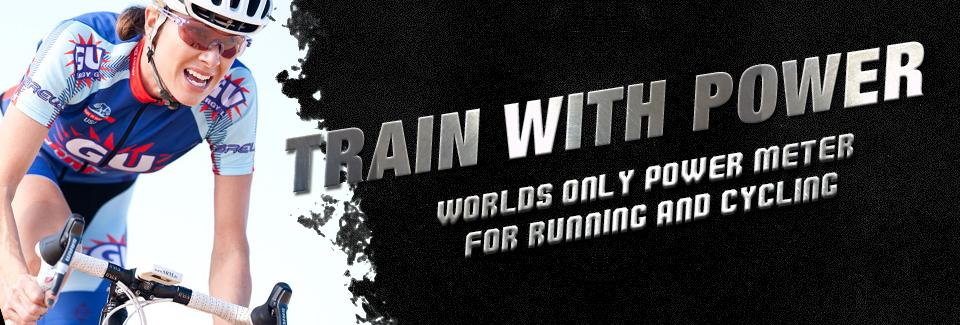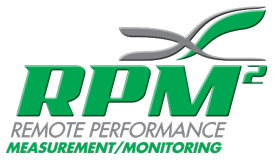By now, you know that bilateral deficits can lead to a wide range of chronic and acute injuries. Achilles tendinitis is one such condition, and it accounts for 11 percent of all running injuries. The Achilles tendon is the fibrous connective tissue that joins the gastrocnemius and soleus muscles of the calf to the heel …
Category Archive: Bi-Lateral Equivalence
May 12
What Is Active Release Technique?
We’ve recently talked about dynamic stretch assessment, a technique used to identify physical restrictions that prevent you from achieving optimal athletic performance. During the discussion about dynamic stretch assessment and overhead squat assessment in part three of our webinar, Mansfield, Texas chiropractor Dr. Prak Bhakta suggested Active Release Technique (ART) as an effective method of …
May 06
Understanding Dynamic Stretch Assessment
The third and latest installment of RPM2 and USAT’s free webinar, Bilateral Equivalence for Triathletes: Mechanical Assessments to Help with Performance, highlights dynamic stretch assessment. This test is a self-analysis of physical restrictions that may cause an athlete to experience an impaired performance. Recommended for both pre- and post-workout, the dynamic stretch assessment can help …
Apr 30
Interpreting Your Dashboard Report After a Run
In addition to testing your range of motion, RPM2 collects information on bilateral equivalence during a run. After calibrating your inserts and setting your run time, you’ll click “start” to begin your run. Your device will alert you when the run time is complete, and several measurements will appear on your dashboard. To measure run …
Apr 10
Monitoring Bilateral Equivalence During Cycling
We’ve already talked about the range-of-motion and running exercises used to monitor bilateral deficiencies with RPM2, and now we’d like to introduce you to our cycling analysis. The objective data provided by our state-of-the-art product during four different cycling tests offer you and your trainer valuable information regarding bilateral pressure on the pedals and whether …
Mar 24
An Overview of the RPM2 Preset Exercises to Help You Achieve Bi-Lateral Equivalence
After receiving your RPM2 footbeds, you will then need to perform preset exercises so that our device can monitor and analyze the data necessary to determine bi-lateral deficiencies. The preset exercises should be performed once a week to measure your progress along the way. As you or your trainer begin to adapt your mechanical movement …








